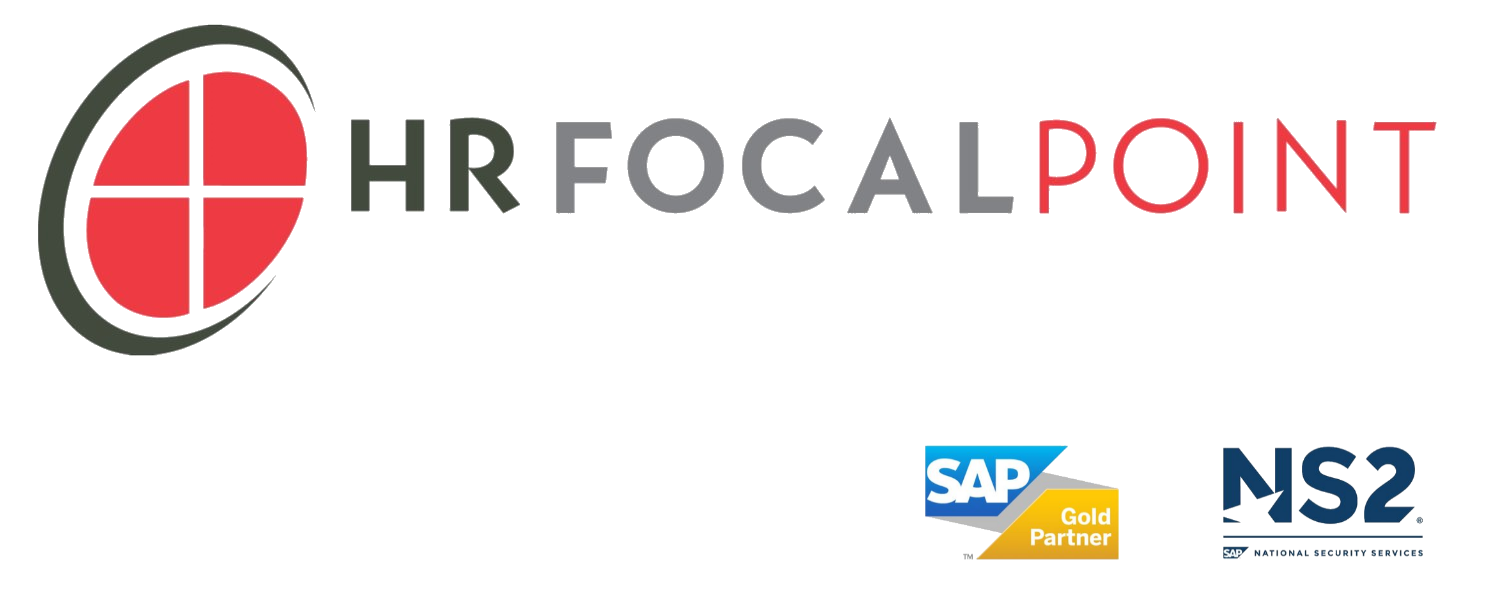SAP HCM Tip: Simple Solutions for a Common Organization Management Challenge
December 14, 2016
Throughout our time working with SAP HCM and specifically Organization Management, we’ve all been through the conversation about best practices related to what constitutes an Organization Unit and the types of Positions that should be given the Chief designation. Many times, I have come across scenarios wherein the customer would like to follow best practices of having Organization Units defined for each manager’s team, but have concerns about having too many managers involved in compensation planning. It is not uncommon to have more managers involved in the day-to-day management of the team than are appropriate for inclusion in the annual merit/compensation planning process. These managers, by nature of the fact that they do have day-to-day personnel management responsibilities, need to be clearly designated in the organization structure; however, thought must be given as to how to avoid the concerns of placing certain access at too low a level or in the hands of managers who would not have access to functionality required to fulfill certain responsibilities. As more companies running on-premise Organization Management move to self-service capabilities for performance and compensation management processes via SuccessFactors, the HCM Organization Structure must be flexible enough to accommodate a range of requirements in this area without straying from best practices for Organization Management.
While there are a number of options to address this challenge, there is a simple solution that relies on standard-delivered functionality to “flag” a Chief Position as either valid or invalid for inclusion for other processes. The standard-delivered OM Infotype Authorities and Resources (1010) is an easily configurable option for designating a “flag” on any Position.
In the case of this particular challenge, the Infotype can be used to designate whether or not a particular Position should be involved in a downstream process. The Infotype has configurable Subtypes and Resources that can be used to designate any number of indicators. In our current challenge of creating Organization Units at the day-to-day management level but drawing the line for compensation process involvement at a higher level in the organization, this Infotype can be particularly useful. Depending on the relative number of managers who should/should not be involved in the process, the Infotype can be used to positively or negatively indicate involvement. For example, if the overarching policy of the customer is that all Chiefs should participate in compensation planning, the Infotype can be used to designate where exceptions to that rule exist (i.e. “No Comp Planning”). Alternatively, if the number of managers who should be involved in comp planning is far fewer than those who would not be involved, it would make sense to use this Infotype to positively flag those who are appropriate to participate (i.e. “Comp planner”). Care should be taken in determining which approach is going to be the most reasonable for the customer’s Organization Management team to maintain going forward.
Once the determination is made with regard to how the flag will be used (positive designation or negative designation), the steps to implement are fairly straightforward:
1). Using standard configuration of the Authorities and Resources Infotype, configure a “compensation planning” subtype (Personnel Management > Organizational Management > Basic Settings > Data model Enhancement > Infotype Maintenance > Maintain Subtypes).
2). Also within the standard configuration, configure a Resource to designate the flag (i.e. “No Comp Planning” or “Compensation Planner”). (Personnel Management > Organizational Management > Infotype Settings > Set up Check Values for Authorities/Resources)
3) Adjust integration to compensation planning in Successfactors to look for this flag and either include or exclude Chief Positions based on its presence. Use of an alternative manager field to include the correct compensation planner based on the presence or absence of this flag is ideal.
4) Optionally, if PPOME is regularly used to maintain the Organization Structure in SAP, adjustments can be made to include this Infotype in the tab detail section (Personnel Management > Organizational Management > Hierarchy Framework > Integrate New Infotype).
5) Finally, If Ad Hoc query is regularly used for OM and PA reporting, add the Authorities and Resources Infotypes to the appropriate Infosets.
Once the the above steps are implemented, the process would require one data load to set the designation on existing Chief Positions and subsequent training and documentation for ongoing maintenance of this as required. It is advised that this flag be audited on at least an annual frequency to ensure that the correct Chief Positions will be included in the compensation planning process.


